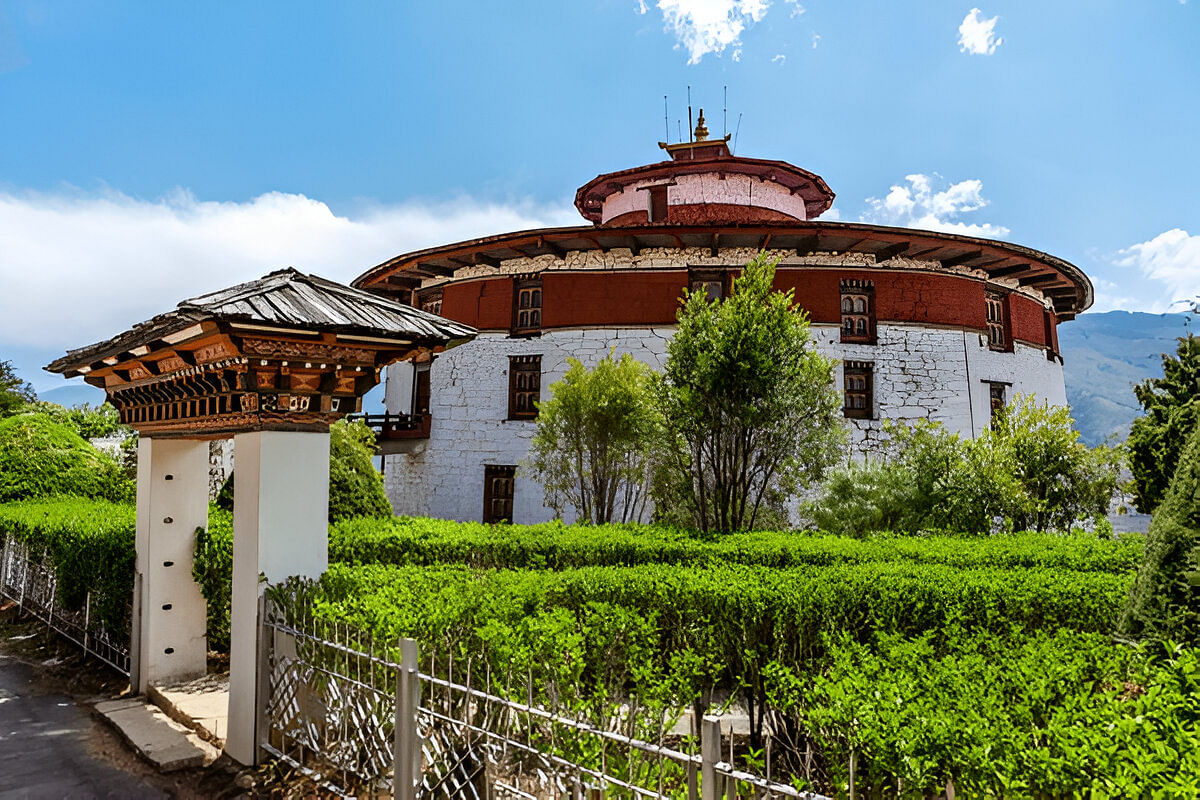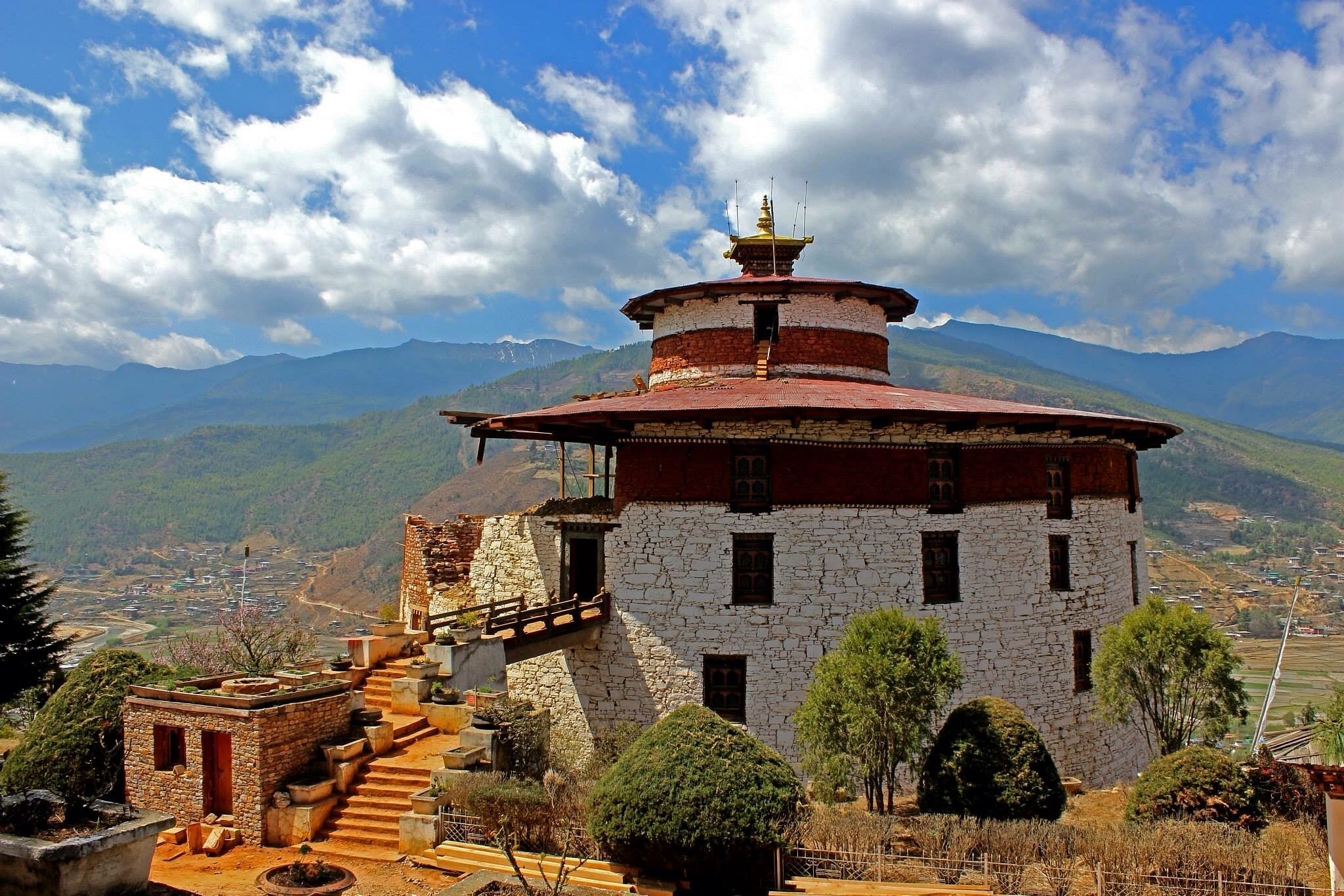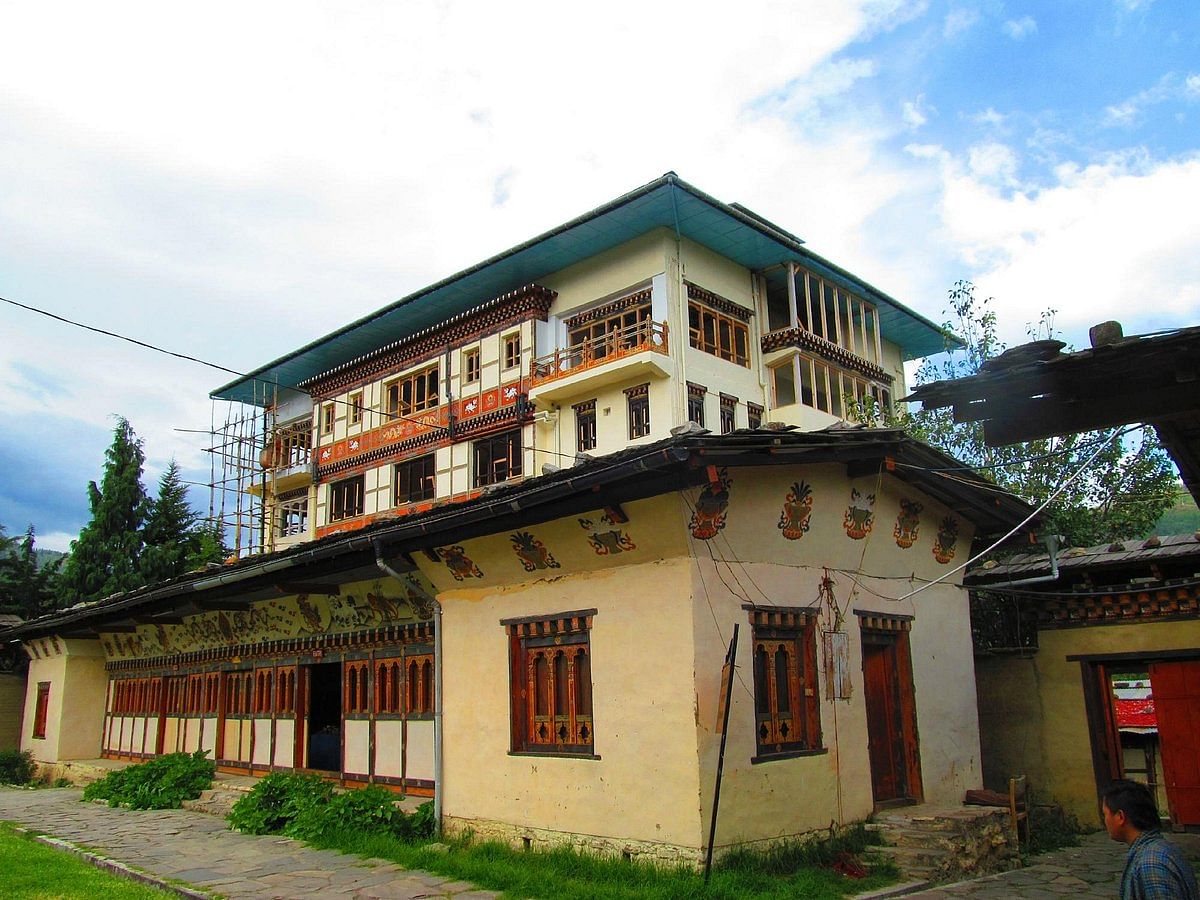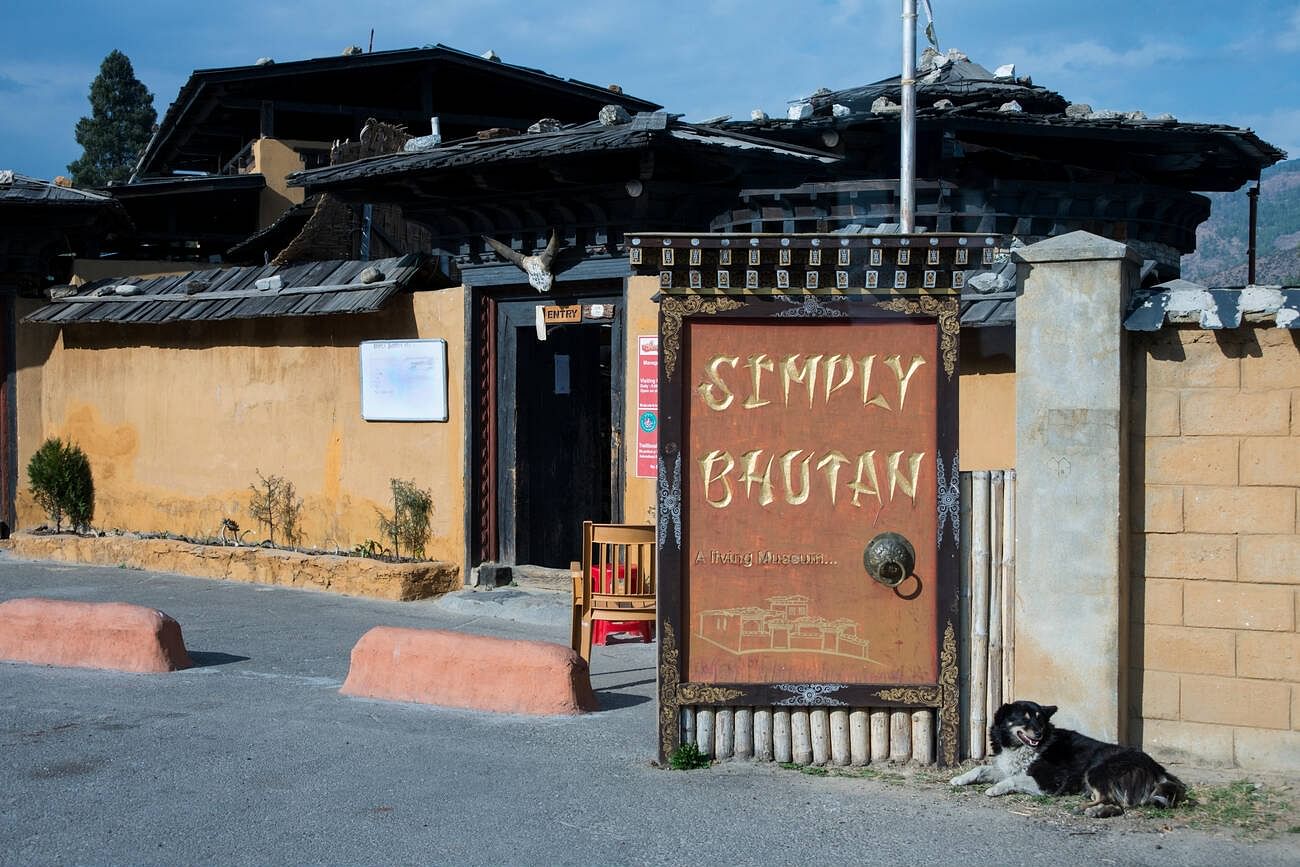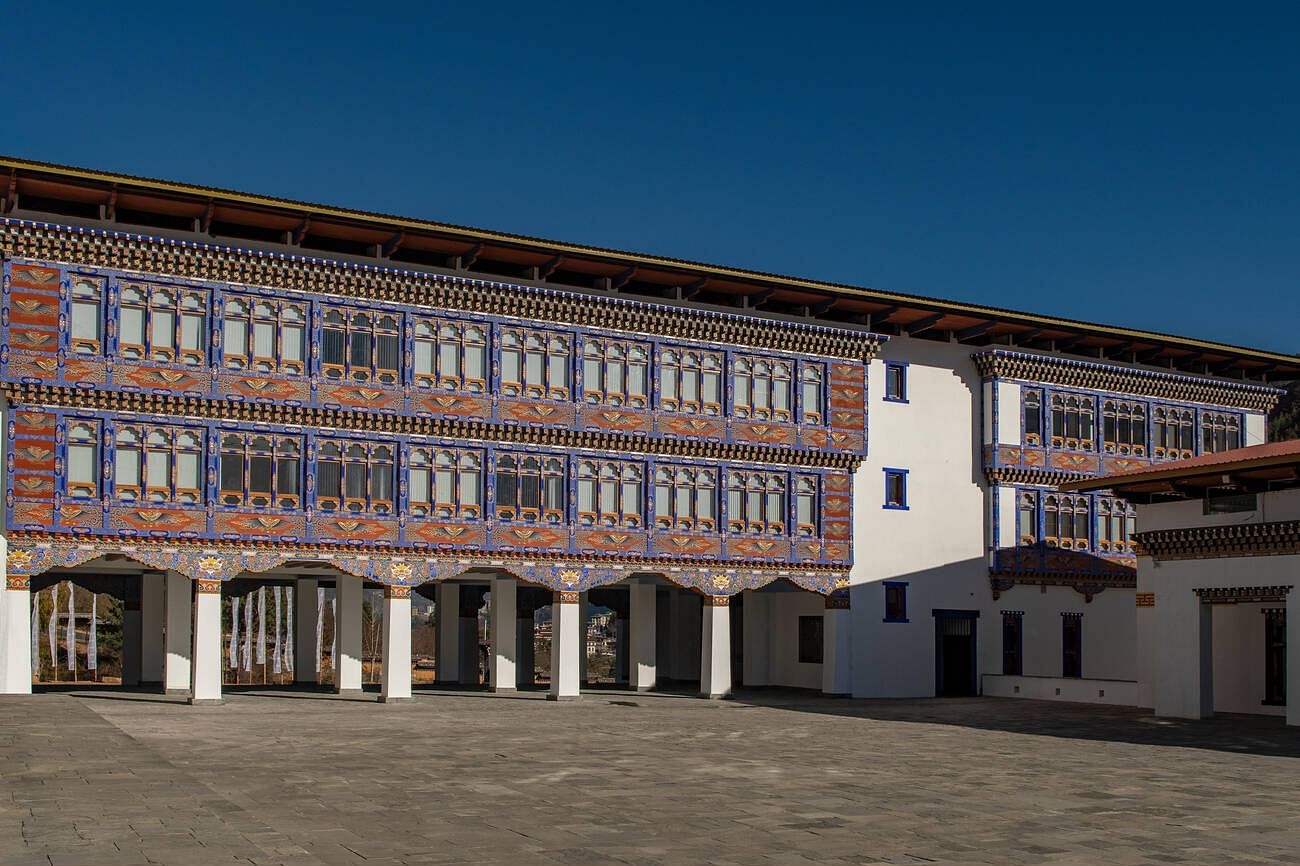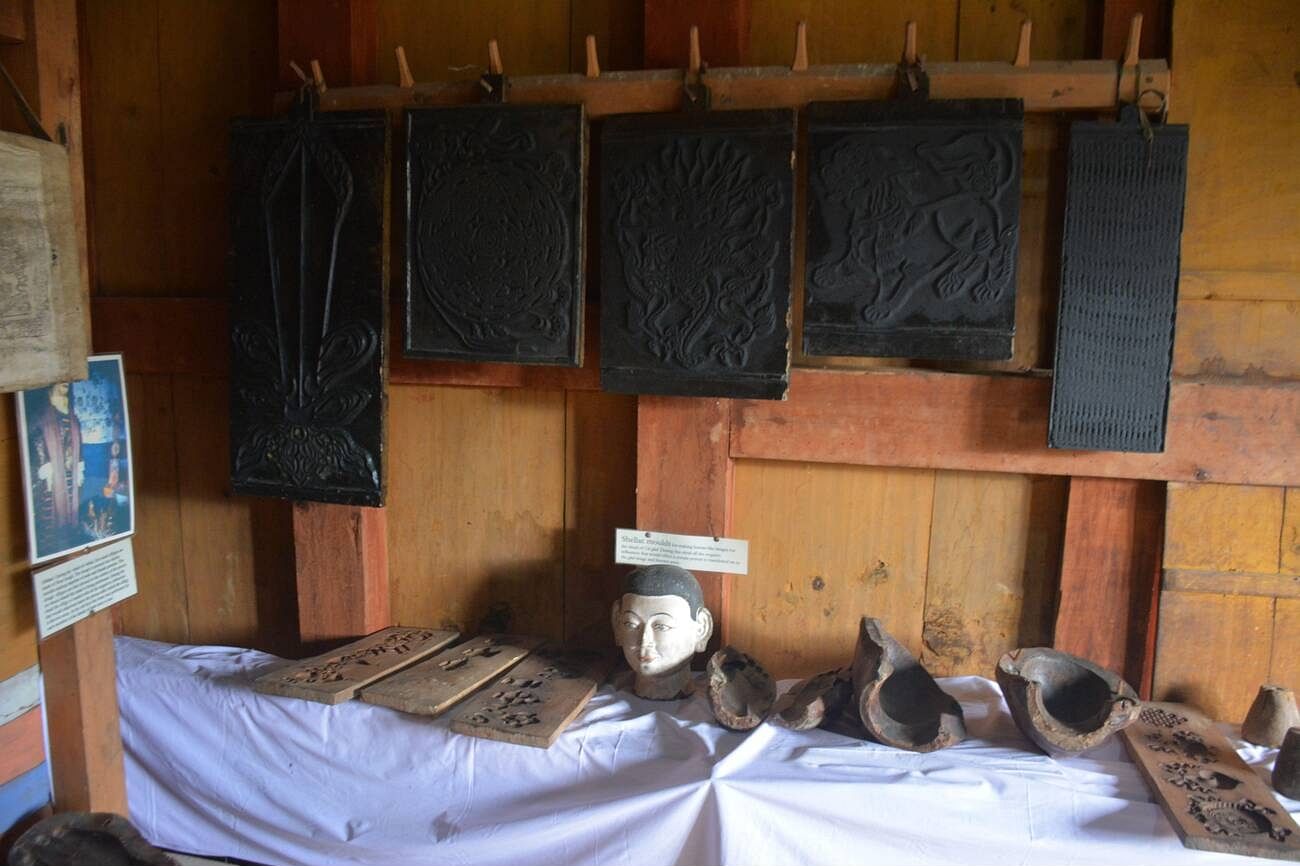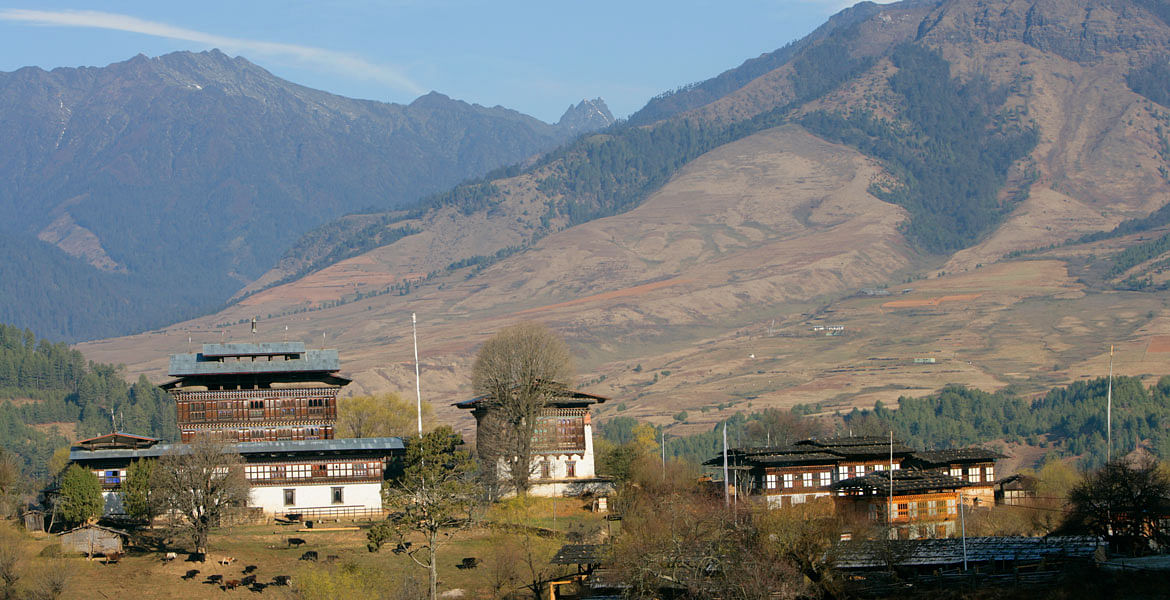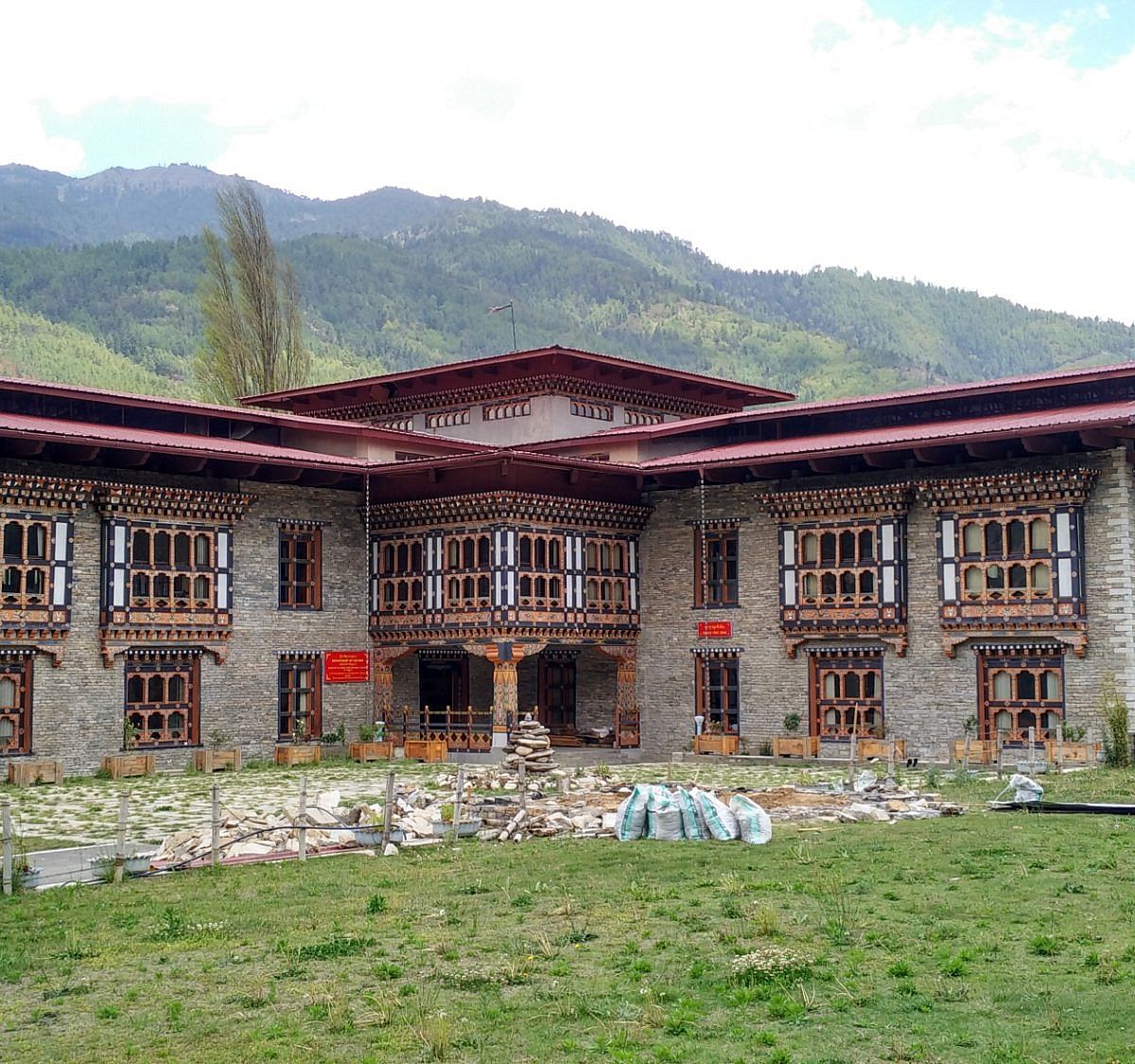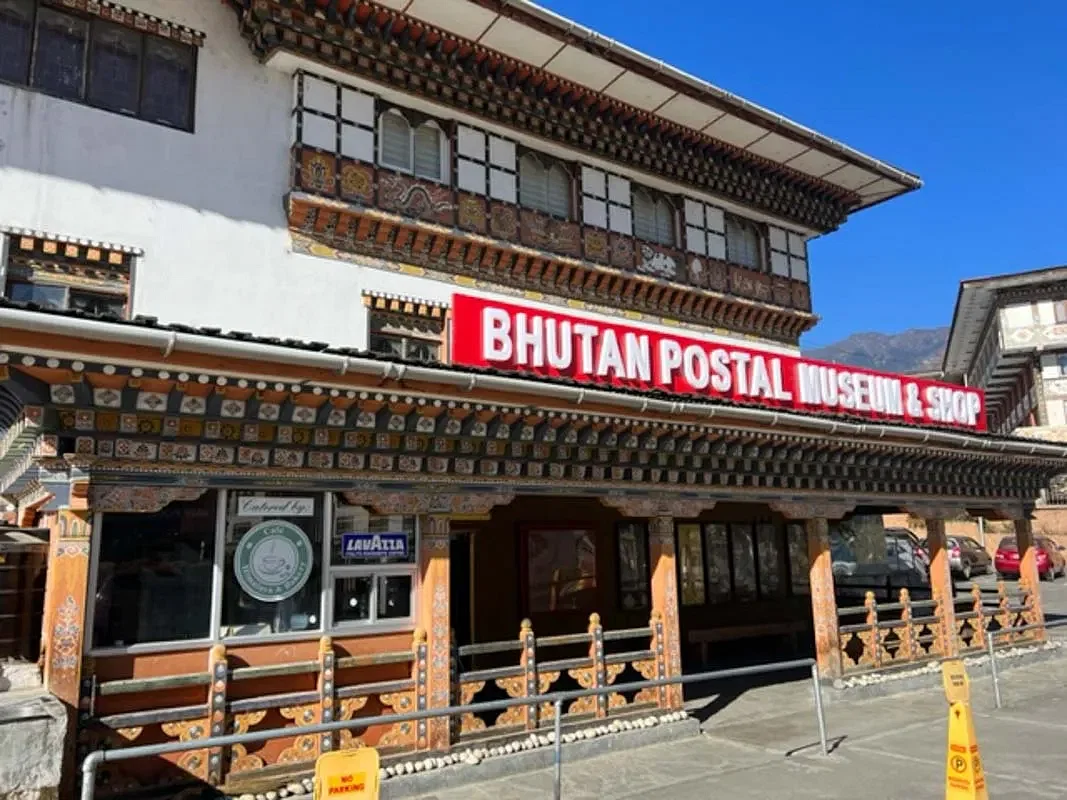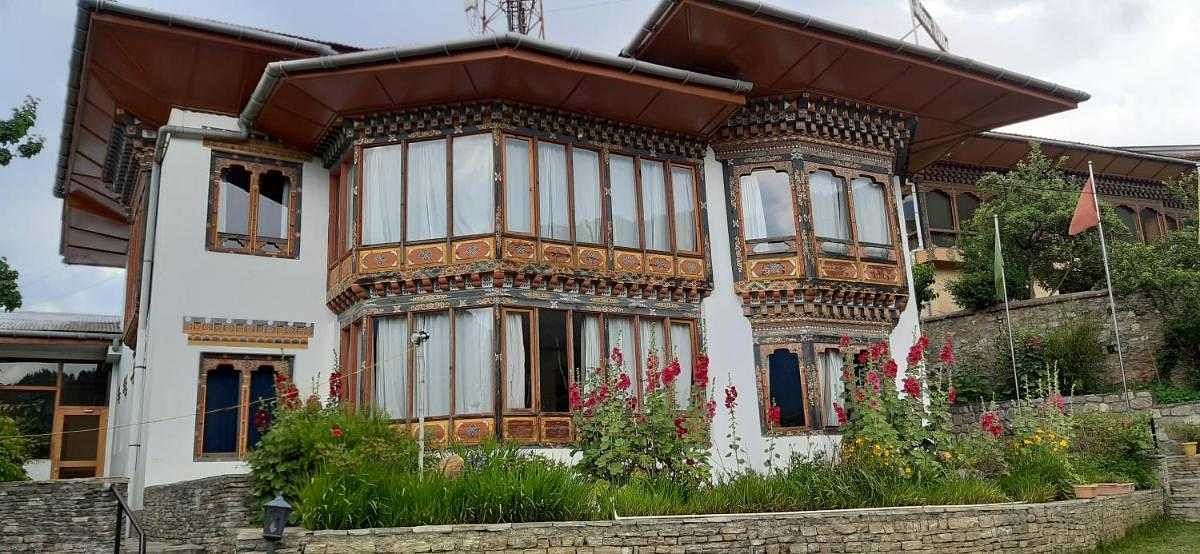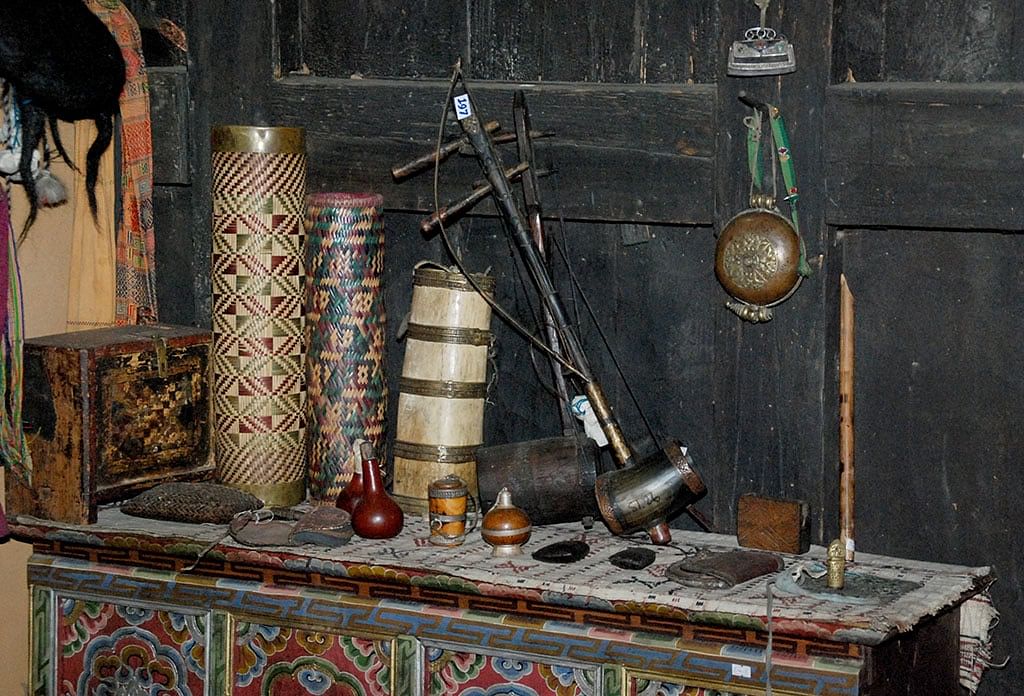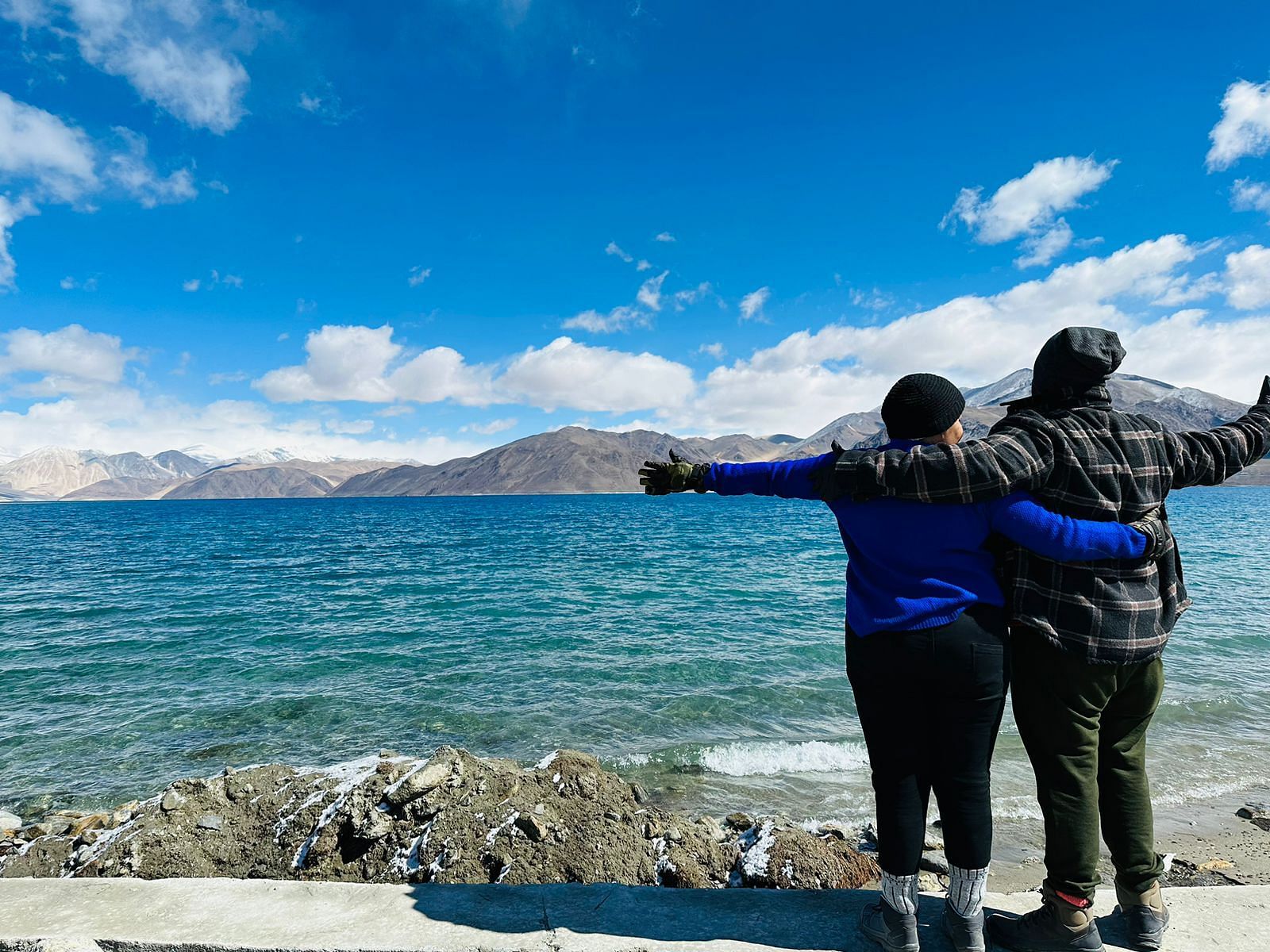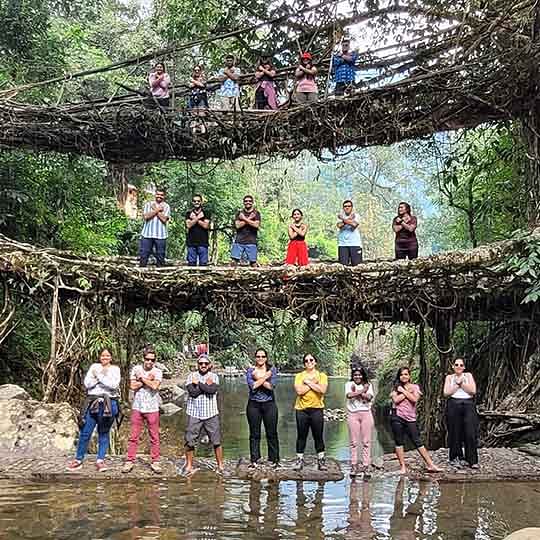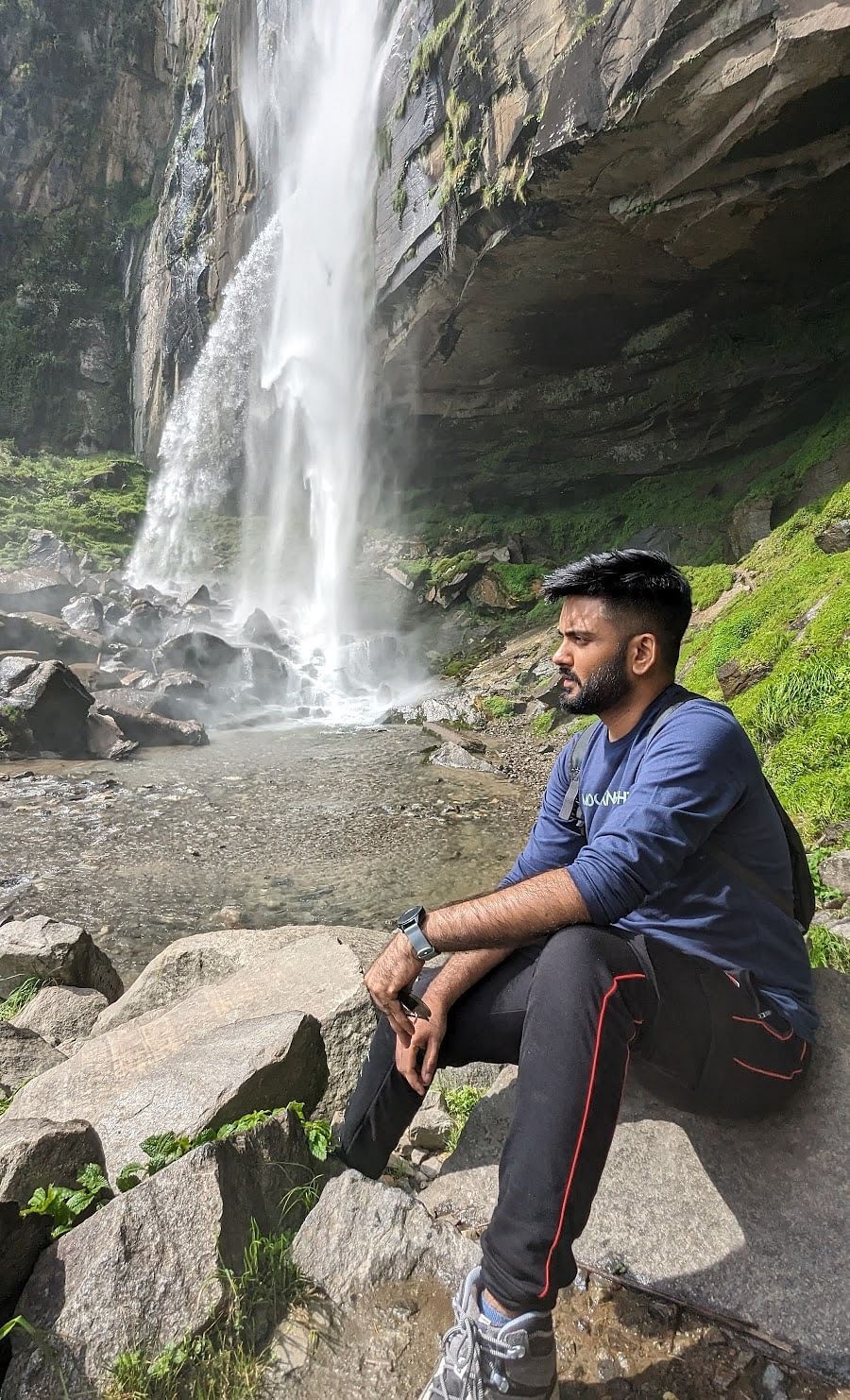Forget what you think you know about museums - the ones in Bhutan will completely change your mind! They're not your boring, stuffy galleries - these places actually tell real stories about this amazing mountain kingdom!
Museums in Bhutan are refreshingly different. The National Museum in Paro is housed in an old circular watchtower filled with weird and wonderful masks used in local festivals. Trust us; some will make you laugh, and others might give you nightmares!
When figuring out Places to visit in Bhutan, don't skip the Folk Heritage Museum. It's stepping into your Bhutanese grandma's house - complete with a traditional butter tea that's, well... an acquired taste!
The Simply Bhutan Museum in Thimphu lets you try archery (harder than it looks) and sample local moonshine.
Want the full experience without the planning headache? Our Bhutan Tour Packages handle the tricky permits and get you to these cultural hotspots without the hassle.
Museums in Bhutan You Shouldn’t Miss on Your Trip
1. National Museum of Bhutan, Paro
Let’s kick off with the superstar – the National Museum of Bhutan. This place tops our list as the most famous museum in Bhutan for good reason. Housed in a 17th-century watchtower that looks plucked from a fantasy novel, it's perched dramatically on a hill overlooking Paro Valley.
The building itself is extraordinary – a massive circular fortress with walls so thick they stood firm during the 2011 earthquake while surrounding structures crumbled. Inside, we found ourselves face-to-face with those terrifying festival masks that stick in your memory long after you've left.
We spent hours here chatting with Dorji, one of the guides, who pointed out tiny details we would've completely missed – like how some masks are deliberately asymmetrical to represent the imperfect nature of existence. Talk about depth!
- Location: Above Paro Dzong
- Entry Fee: BTN 300 (for foreigners)
- Timing: 9 AM to 5 PM
2. Folk Heritage Museum, Thimphu
Ever wondered what life was like before the digital age took over? This three-story farmhouse in Thimphu shows us exactly how Bhutanese families lived for centuries.
When we visited, an elderly woman was grinding flour in the traditional watermill outside. Inside, the museum is packed with everyday objects – from butter tea churns to bamboo baskets so tightly woven they can hold water.
The absolute highlight? We had lunch there – buckwheat pancakes with ezay (chili sauce hot enough to bring tears to your eyes) and butter tea (definitely an acquired taste). We were the only visitors during lunchtime, and the staff sat with us, asking as many questions about our lives as we asked about theirs.
Folk Heritage Museum tops any list of museums in Bhutan for authentic experiences. Just don't expect fancy interactive displays – it's the real deal.
- Location: Kawajangsa, Thimphu
- Entry Fee: BTN 200 (foreigners)
- Don’t miss: The millet-based local brew if available
Suggested Read: Bhutan in May
3. Simply Bhutan, Thimphu
If we're short on time but want a crash course in Bhutanese culture, this place is perfect. Run by the Youth Development Fund, Simply Bhutan lets visitors try their hand at everything from archery to traditional crafts.
We completely embarrassed ourselves trying archery (Bhutan's national sport). The teenage guide couldn't stop laughing when our arrows went straight into the ground about three feet in front of us. Then he casually hit the target from what seemed like a mile away.
They also let us sample ara (rice wine) that burned down, and taught us some dance moves that we still bust out at parties (to everyone's horror).
What makes this one of the best museums in Bhutan is how fun and interactive it is. The young Bhutanese staff love sharing their culture, and your entrance fee supports education programs.
- Location: Changzamtog, Thimphu
- Entry Fee: BTN 1000 for foreigners
- Tip: Get a local guide – their storytelling is half the fun.
4. Royal Textile Academy, Thimphu
We're not usually textile enthusiasts, but this museum changed that. The intricate weavings here are mind-blowing – some garments take over a year to make!
Opened by the Queen Mother (a major champion of traditional arts), this museum showcases everything from ancient royal garments to contemporary designs. We watched a weaving demonstration where women worked on back-strap looms, creating impossibly complex patterns completely from memory. No written patterns, no guides – just knowledge passed down through generations.
The gift shop sells textile souvenirs that make amazing gifts, though they're not cheap. Our families still brag about the table runners we brought back, telling guests they're "from Bhutan" with that unmistakable hint of pride.
- Location: Near National Library, Thimphu
- Entry Fee: BTN 250 (foreigners)
- Highlight: The display of intricate royal wedding attire
Suggested Read: Adventure Activities in Bhutan
5. Royal Heritage Museum, Trongsa
After a brutal six-hour drive through mountain passes that made us question all our travel decisions, we reached Trongsa – the geographic heart of Bhutan. The museum sits in a watchtower overlooking the massive Trongsa Dzong fortress.
The five-story tower offers killer views of the Mangde Valley, but the real treasures are inside. The Buddhist paintings (thangkas) here are stunning – explosions of color depicting various deities and mandalas.
What makes this one of the top historical museums to visit in Bhutan is seeing the actual bedroom used by the first and second kings when they governed Trongsa. The simple furnishings speak volumes about Bhutanese royalty – these weren't your typical pampered monarchs.
- Location: Trongsa
- Entry Fee: BTN 100
- Highlight: Raven Crown replica, ancient manuscripts
6. Ogyen Choling Museum, Bumthang
Talk about off the beaten path! Located in the remote Tang Valley of Bumthang, this 16th-century manor house belonged to descendants of Bhutan's famous treasure discoverer, Pema Lingpa.
The current owner, Kunzang Choden (Bhutan's first female novelist), transformed her ancestral home into a museum. Walking through the creaking wooden corridors feels like stepping back centuries.
What made this place special was how personal it felt. Each room tells stories of the family who lived here, from the altar room filled with ancient texts to the kitchen with massive copper cauldrons.
We stayed overnight in the guesthouse on the property, and sitting by the bukhari (wood stove) while the caretaker told stories about ghosts that supposedly haunt the place was a highlight of our entire trip.
Few tourists make it here, which is their loss. Among Bhutan's cultural museums, this is the most atmospheric by far.
- Location: Tang Valley, Bumthang
- Entry Fee: Donation-based
- Insider Tip: You can even stay overnight in the guesthouse on the property!
Suggested Read: Laya Gasa Trek
7. National Library & Archives, Thimphu
This isn’t technically a museum, but it’s home to ancient texts and Buddhist scriptures, many of which are hundreds of years old. It may not always feature in a typical list of museums in Bhutan, but it's a real treasure for spiritual travellers.
There’s even a massive book that’s taller than you – literally.
- Location: Thimphu
- Entry Fee: Free
- What’s Cool: The spiritual vibe and super rare manuscripts
8. Bhutan Post Office Museum, Thimphu
A postal museum sounds as exciting as watching paint dry, right? Wrong! This quirky little gem celebrates Bhutan's bizarre stamp history, including the world's first 3D stamps, stamps made of actual steel, and even CD-ROM stamps.
We spent way too long at the interactive station where you can design your own Bhutanese stamp and email it to yourself. Ours featured poorly drawn dragons that looked more like sick lizards, but the staff were too polite to say anything.
The museum also has the world's first steel stamp and the first stamp that doubles as a playable miniature vinyl record. Only in Bhutan, folks!
Of all the Bhutanese heritage sites we visited, this was the most unexpectedly delightful. Don't skip it.
- Location: Thimphu
- Entry Fee: BTN 150 for foreigners
- Highlight: Custom stamps to send back home
9. Bumthang Brewery Museum
Did you know Bhutan brews its beer? Right next to the Red Panda Brewery in Bumthang is a small museum that shares the story of Bhutanese beer making. It’s casual, fun, and different from your usual Bhutanese heritage sites.
You can also taste the Red Panda Weissbier, which is smooth and light.
- Location: Jakar, Bumthang
- Entry Fee: Free with beer tasting
- Best Time to Visit: Late afternoon
10. Traditional Medicine Institute Museum
Bhutanese medicine is a mix of Indian Ayurveda, Tibetan healing, and local knowledge. This museum displays herbs, minerals, and instruments used in traditional treatments. You’ll even find preserved animals used for making medicine (not for the faint-hearted).
It offers an unusual but deep dive into Bhutan’s approach to health and wellness, making it one of the more unique museums in Bhutan.
- Location: Thimphu
- Entry Fee: BTN 100
- Highlight: Traditional apothecary display
Suggested Read: Solo Trip to Bhutan
Why You Should Visit Museums in Bhutan
You may be thinking, "Why go to museums when I could hike to Tiger’s Nest?" Fair. But here’s the thing – museums in Bhutan offer a kind of peace you won’t find on a mountain trail. They tell the stories behind the temples, the meaning behind the dances, and the lives behind the paintings.
They’re a slower way to experience Bhutan, and honestly, a more personal one. Whether it’s art, royalty, or rural life that excites you, Bhutan’s museums have something for everyone.
So next time you're planning a trip, don’t skip these beautiful spots. They’re not just buildings with old things – they’re living stories.
Conclusion
The list of museums in Bhutan is long, diverse, and full of heart. From art museums in Bhutan to spiritual libraries and royal palaces, each place offers a window into what makes Bhutan truly magical.
If you're serious about discovering the country beyond its surface, then checking out the best museums in Bhutan is a must. These places don’t just preserve history – they help you feel it.
So go ahead, add these to your itinerary. You won’t regret it.




